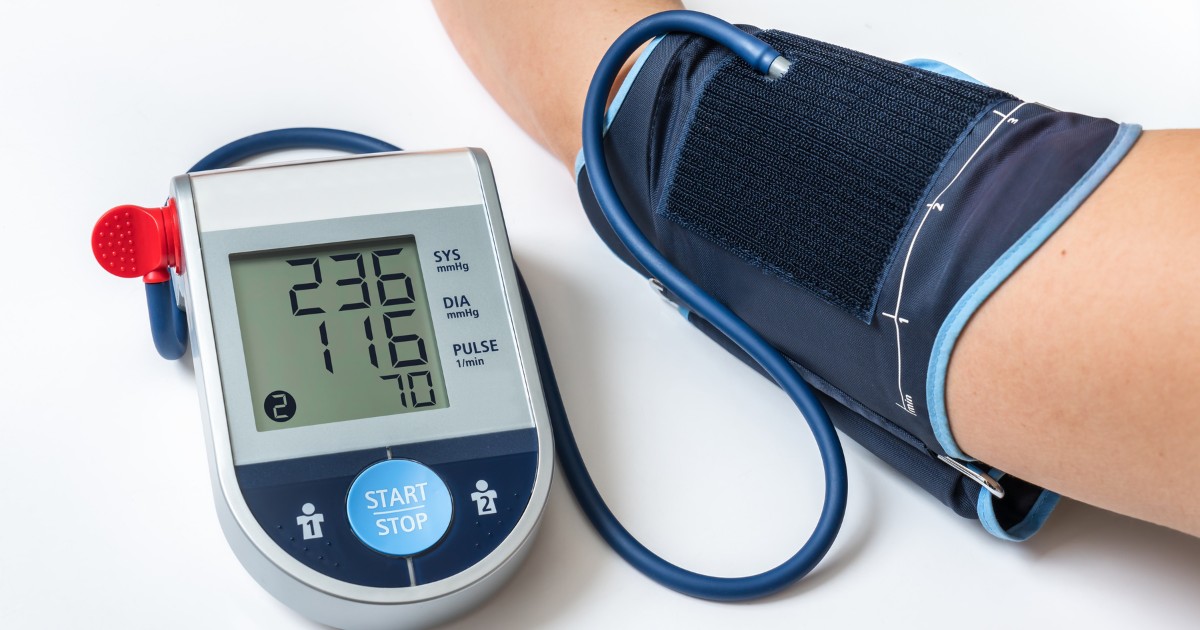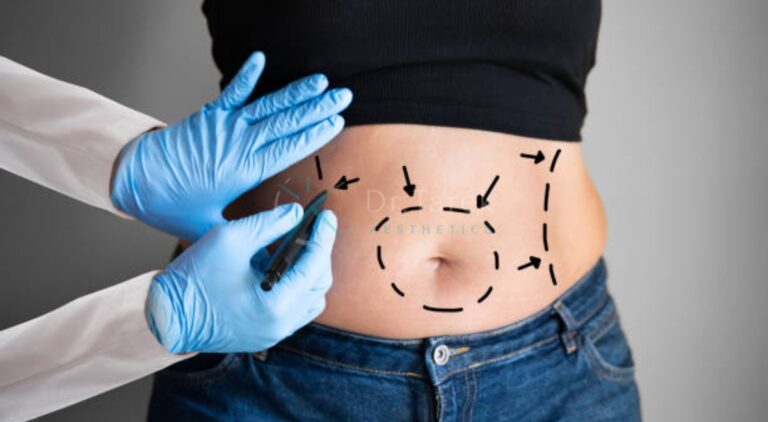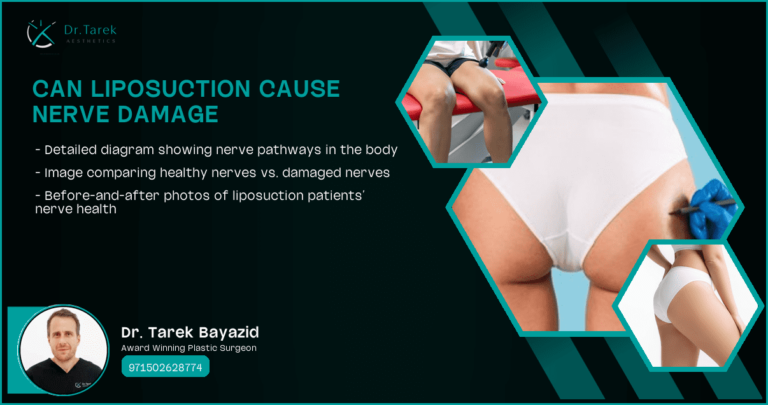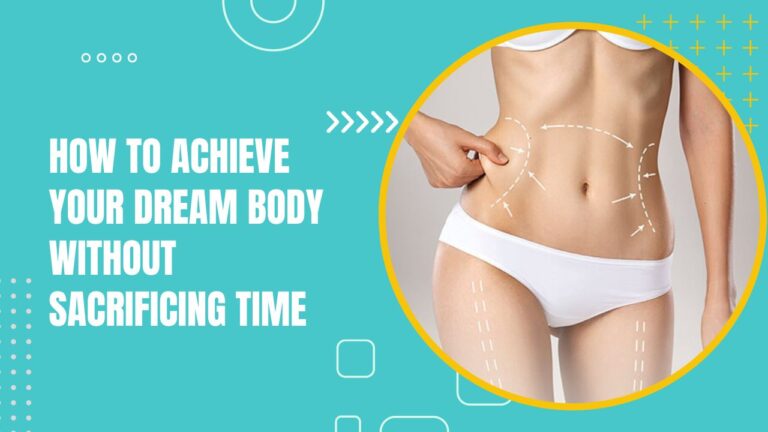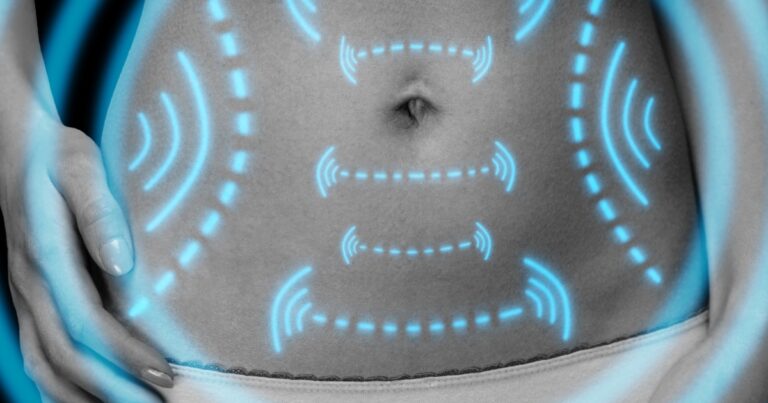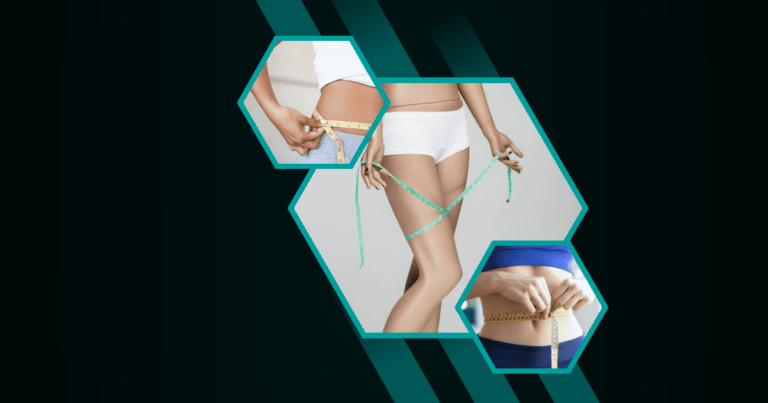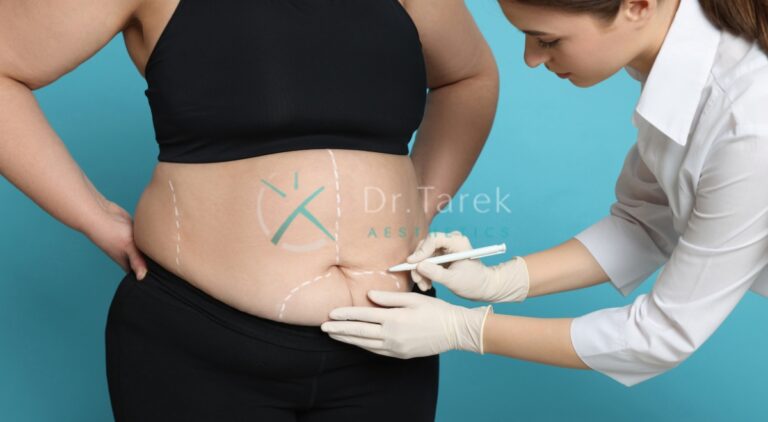Introduction
Liposuction is a popular cosmetic procedure designed to remove unwanted fat from specific body areas. Despite common misconceptions, liposuction is not a weight loss solution but rather a body contouring method. This blog post delves into whether liposuction can influence high blood pressure and its implications for cardiovascular health.
Dubai’S Liposuction Services are medical procedures that help people in dubai remove extra fat from their bodies. they are done by expert doctors to make people look slimmer and feel healthier.
Can Liposuction Reduce High Blood Pressure?
The connection between liposuction and blood pressure is complex. While liposuction removes fat cells, its direct impact on cardiovascular health, including blood pressure, is not straightforward and warrants a closer examination.
Exploring the connection between liposuction and blood pressure
- Investigating how fat removal may affect circulatory system dynamics
- Assessing the indirect benefits of liposuction on lifestyle changes
Discussing the potential impact on cardiovascular health
- Understanding the relationship between obesity, fat distribution, and heart health
- Evaluating the potential for liposuction to prompt healthier behaviors
Understanding Liposuction
Liposuction is a surgical technique that targets the removal of fat deposits resistant to diet and exercise. It is often considered by those looking to refine their body shape.
Book A Consultation With Dr Tarek Bayazid
Top-rated Plastic Surgeon For Liposuction in Dubai
Installment Plan Available
What is liposuction?
- A brief explanation of the surgical procedure and its goals
- Differentiating liposuction from other forms of fat reduction treatments
Why might someone consider liposuction?
- Addressing aesthetic concerns and improving body contours
- Discussing the psychological benefits associated with body image enhancement
The Procedure of Liposuction
Liposuction involves the use of a cannula and a vacuum to extract fat from the body. It is performed under anesthesia and requires careful planning and execution.
What happens during liposuction?
- Outlining the steps from anesthesia to the removal of fat cells
- Describing the immediate post-operative phase
Suction-assisted liposuction procedure details
- Detailing the specific technique used in suction-assisted liposuction
- Explaining the safety measures and precision required during the procedure
Liposuction and Weight Loss 
Liposuction is not a weight loss procedure but rather a method for reshaping and contouring the body by removing localized fat deposits.
Clarifying the role of liposuction in weight management
- Emphasizing the distinction between overall weight loss and targeted fat reduction
- Highlighting the importance of realistic expectations
The difference between weight loss and body contouring
- Explaining how liposuction complements a healthy lifestyle rather than replacing it
- Discussing the limitations of liposuction in terms of weight loss
Liposuction Treatment Areas
Liposuction can be performed on various parts of the body where fat tends to accumulate, such as the abdomen, thighs, and arms.
Common areas targeted by liposuction
- Listing the body parts most frequently addressed by liposuction
- Discussing the typical results in these areas
Liposuction under the chin: a case study
- Examining the specific considerations and outcomes of submental liposuction
- Presenting before-and-after scenarios to illustrate the potential changes
Risks Associated with Liposuction
As with any surgical procedure, liposuction carries certain risks that should be thoroughly understood before deciding to proceed.
What are the risks of liposuction?
- Enumerating potential complications such as infection, scarring, and irregular contours
- Discussing the statistical likelihood of these risks
How to minimize potential complications
- Outlining the preoperative assessments and postoperative care strategies
- Emphasizing the role of a qualified surgeon in reducing risks
Preparing for Liposuction 
Proper preparation is crucial for a successful liposuction procedure and recovery.
How do patients get ready for liposuction?
- Detailing the necessary medical evaluations and lifestyle adjustments
- Providing a checklist of preoperative instructions
What to expect before the procedure
- Setting realistic expectations for the surgery and recovery process
- Discussing the importance of having a support system in place
The Liposuction Experience
The experience of undergoing liposuction includes the surgical procedure itself and the recovery period that follows.
During the procedure: what patients undergo
- Describing the sensations and monitoring that occur during liposuction
- Reassuring patients about the care they will receive in the operating room
After the procedure: recovery and care
- Outlining the typical recovery timeline and postoperative instructions
- Advising on pain management and activity levels during healing
What can patients expect from liposuction results?
- Presenting a realistic timeframe for seeing the final results
- Discussing the factors that influence the outcome, such as skin elasticity
Long-term outcomes and maintaining results
- Emphasizing the role of a healthy lifestyle in preserving liposuction results
- Providing tips for diet and exercise post-recovery
Liposuction’s Effect on Blood Pressure
The question of whether liposuction can reduce high blood pressure is a topic of interest for many potential patients.
Can liposuction reduce high blood pressure?
- Reviewing the current research and findings on the subject
- Analyzing the indirect effects of body contouring on blood pressure regulation
FAQs: Liposuction and Blood Pressure
Can liposuction reduce high blood pressure in the long term?
Liposuction alone is not a cure for high blood pressure, but it may contribute to lifestyle changes that support better blood pressure management.
How does body fat removal affect cardiovascular health?
Removing fat, particularly visceral fat, can have a positive impact on cardiovascular health, but it should be part of a comprehensive health strategy.
Who is the ideal candidate for liposuction?
The ideal candidate for liposuction is someone at a stable weight, with firm, elastic skin, and pockets of excess fat that do not respond to diet and exercise.
Dr. Tarek’s Approach to Liposuction
Dr. Tarek emphasizes personalized care and meticulous planning to ensure patient safety and satisfaction with liposuction procedures. Pre Chin Liposuction is the process before the surgery to remove fat from under your chin. Post Chin Liposuction is the recovery period after the surgery where you heal and see the final results. Chin Liposuction Transformation is a process where doctors remove extra fat from your chin to make it look better. It’s like a makeover for your chin!
1. “The Magic of Harry Potter”: This article talks about the exciting adventures of a young wizard named Harry Potter in his magical world. 2. “Exploring Narnia: A Journey Through The Wardrobe”: This article takes you on a journey through a magical land called Narnia, which is discovered inside a wardrobe. Neck Liposuction Charges are the costs you have to pay when you get a surgery to remove extra fat from your neck. It’s like a fee for making your neck look slimmer.
Is Liposuction Secure? Yes, it is generally safe but like any surgery, it has some risks such as infection or bleeding. Laser Liposuction outcomes include less pain and quicker recovery time compared to traditional liposuction it helps remove fat and tighten skin
Next Steps: Consulting with Dr. Tarek
To explore your liposuction options and discuss potential health benefits, scheduling a consultation with Dr. Tarek is the next step. Lipo Laser Execution is a process where a special laser is used to melt away fat from your body. It’s like a magic light that helps you lose weight without any surgery!
Conclusion
Liposuction may offer certain health benefits, including the potential to influence blood pressure, but it is essential to maintain realistic expectations and follow professional guidance.
